#Agalychnis callidryas.
Photo
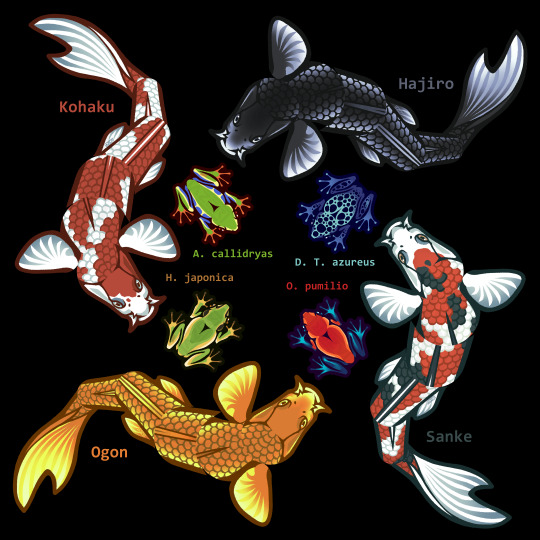




Poseable Koi Magnets are now available in my BigCartel store!
Listing link here
#art#my art#art for sale#magnets#magnets for sale#poseable magnets#art store#big cartel#bigcartel#koi#koi carp#kohaku koi#hajiro koi#ogon koi#sanke koi#frog#frogs#tree frog#tree frogs#Agalychnis callidryas#red eyed tree frog#hyla japonica#japanese tree frog#Oophaga pumilio#strawberry poison dart frog#poison dart frog#Dendrobates tinctorius azureus#blue poison dart frog#lily pad#lily pads
155 notes
·
View notes
Text
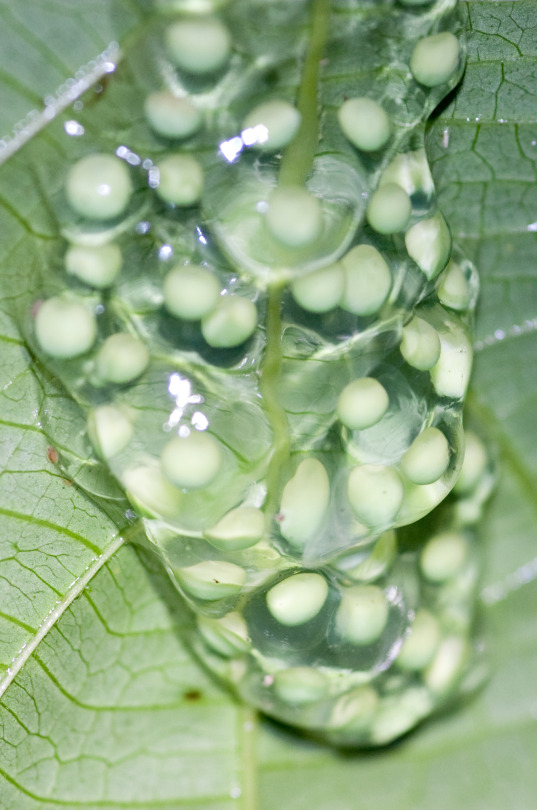
Red-eyed Tree Frog (Agalychnis callidryas) eggs
41 notes
·
View notes
Text

Eye of Red-eyed Tree Frog (Agalychnis callidryas)
Photo by Ingo Arndt
#agalychnis#agalychnis callidryas#tree frog#frog#red-eyed tree frog#amphibians#green#green and red#red and green#macro photography#frog photography#nature#animals#wildlife#tropical#tropical animals#tropical frogs
63 notes
·
View notes
Text

Bamboo baby little frog baby :)
10 notes
·
View notes
Text
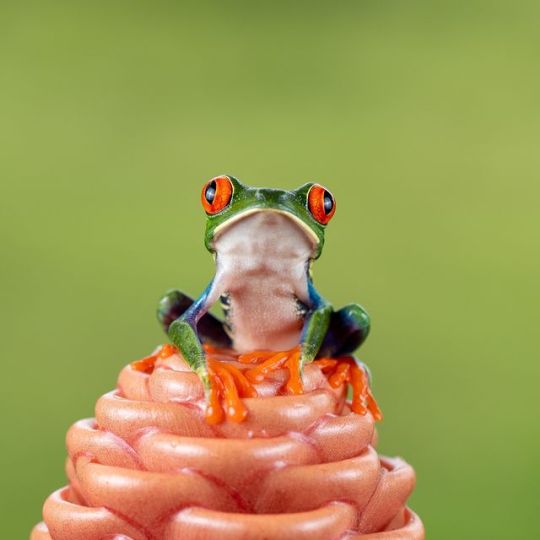
Red-eyed Tree Frog
12 notes
·
View notes
Text

Red-eyed Tree Frog (Agalychnis callidryas), eggs, family Hylidae, Costa Rica
Red-eyed Tree Frogs, and some other closely related Phyllomedusine tree frogs, lay their eggs on leaves overhanging a pond or other body of water. When the tadpoles hatch, they drop into the water below.
photograph by Geoff Gallice
#tree frog#frog#agalychnis#hylidae#phyllomedusine#amphibian#herpetology#animals#nature#central america
570 notes
·
View notes
Photo

(via Pinterest)
Peter Krejzl / Red-eyed Tree Frog (Agalychnis callidryas)
270 notes
·
View notes
Text


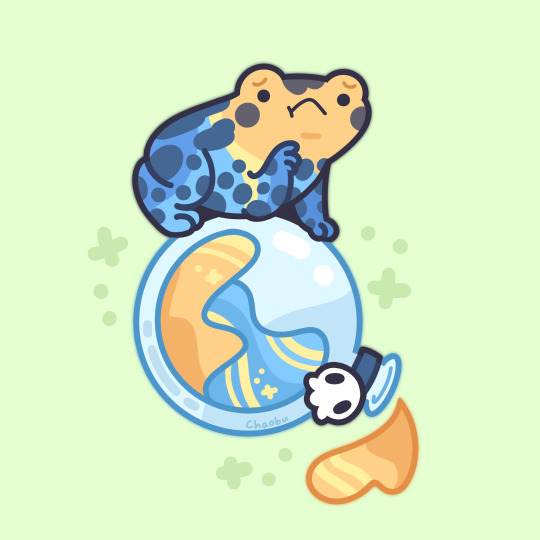




Froggy fall! (part 3/3)
17. Witch's home / Cranwell's horned frog (Ceratophrys cranwelli)
18. Frog’s familiar / Dotted humming frog (Chiasmocleis ventrimaculata)
19. Poison / Mimic poison frog (Ranitomeya imitator)
20. Wand / Australian green tree frog (Ranoidea caerulea)
21. Gold leaf / Black rain frog (Breviceps fuscus)
22. Witch's hat / Strawberry poison frog (Oophaga pumilio)
23. Apple / Red-eyed tree frog (Agalychnis callidryas)
439 notes
·
View notes
Text
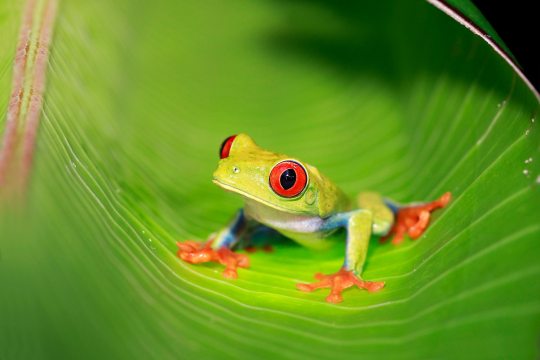


Keep Your Eye on the Red-Eyed Tree Frog
A striking specimen of frog, the red-eyed tree frog (Agalychnis callidryas) is found in the tropical regions of Central and South America, from southern Mexico to northern Columbia. Its primary habitat are rainforests, but they can also be found in wetlands or mangroves- anywhere with abundant water and high humidity.
Though small-- between 4-7 cm (1.57 -2.76 in) long and less than 15 g (0.53 oz)-- the red-eyed tree frog is well known for its bright, distinctive coloration. The body is bright green, with cream bellies and light blue streaks along the sides and hind legs. These features help individuals blend in to the leaves they rest on, while still being able to startle predators with bright colors when threatened. Likewise, the eyes are a vivid red which gives A. callidryas its common name. Even when its eyes are closed, this species has a distinctive look; rather than true eyelids, they have a semi-translucent eyelid called a nictating membrane that allows them to sense when potential predators are approaching.
Adults and juveniles alike face many threats due to their small size. Eggs are a popular food for polybid wasps and snakes, while hatchlings are more commonly predated upon by shrimp and large fish. Mature adults become food for aquatic spiders, snakes, birds, and bats. However, the skin of A. callidryas contains several mild poisons that serve to deter predators through a foul taste. The red-eyed tree frog itself is a nocturnal carnivore, consuming primarily insects and the occasional tadpole. This species spends most of its life in the trees, and rarely descends to the ground.
Red-eyed tree frogs mate during the rainy season, from October to March. Males call loudly to attract females, and wrestle each other for primary access; females are attracted to males with the loudest calls, but must often face a gauntlet of lesser males attempting to mate with her before she can reach her target. Some males may also shake the branches they sit on to detach rival males; this vibration is especially attractive to females. Following successful mating, the female lays about 40 eggs on the underside of a leaf overhanging a small body of water.
Eggs typically hatch 6 or 7 days after being laid, and hatchling drop from the leaf into the water below. A. callidryas spends about 45 days as a tadpole, after which time they emerge from the water and move upwards to begin their lives in the trees. Young red-eyed tree frogs don't become fully mature for another two years in the wild, but may not begin mating for another two years; because they only live about 5 years in the wild, this means that individuals may only mate once or twice in their lifetimes.
Conservation status: Currently the red-eyed tree frog is considered Least Concern by the IUCN. However, populations are decreasing at a rapid rate due to a combination of threats including deforestation, capture for the pet trade, and a highly infectious disease known as chytrid fungus.
If you like what I do, consider leaving a tip or buying me a ko-fi!
Megan Lorenz
Juan Gabriel Abarca
Brian Gratwicke via iNaturalist
#red-eyed tree frog#Anura#Hylidae#tree frogs#frogs#amphibians#tropical fauna#tropical amphibians#tropical rainforests#tropical rainforest amphibians#wetlands#wetland amphibians#central america#south america#biology#zoology#animal facts
83 notes
·
View notes
Photo
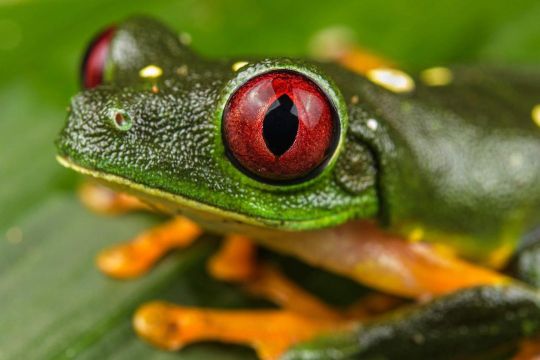
With my first visit to Panama in 2018 I was able to witness my first ever wild red-eye tree frogs (Agalychnis callidryas), and it happened the very first night there! This was the first wild adult red-eye I saw in my life. I’ll be always grateful to my friends Abel and Pamela of @fundacion_los_naturalistas for taking me there! We saw many (and even rarer) species there, but those red-eyes will always stay in my heart. #redeyetreefrog #agalychniscallidryas #panama #wildlife #amphibian #conservation #photography @ilcp_photographers https://www.instagram.com/p/CpipNtcKejF/?igshid=NGJjMDIxMWI=
219 notes
·
View notes
Text
[Sasha and Marcy are relaxing on the couch and cuddling. Suddenly the front door opens and slams shut]
Anne: Lily, sweetie I’m sorry! I didn’t mean to do that!
Teen Lily: I don’t want to talk about it, Anne!
[Lily rushes up to her room. Anne let’s put a heavy sigh as she is comforted by Sasha and Marcy]
Marcy: What was that all about, Annie?
Sasha: Did something happen during the field trip?
Anne: Well………
[Flashback. In the Amphibian section of the Aquarium, Anne is presenting a frog in front of Lily’s classmates during a field trip]
Anne: Now this lil guy may look familiar but actually it’s a different species from the other side of the world. Does anyone know what its name is? Anyone? C’mon, look at it. How about you, Lily-Pad?
Lily: *embarrassingly grumbles*
Anne: C’mon sweetie, it was one of your favorites when you were little.
Lily: *sigh* it’s a “Litoria chloris”, also known as a “Southern Orange-eyed Tree Frog”.
Anne: Very good! And what else?
Lily: *grumbles* it’s also known as a “Red-eyed Tree Frog” and often confused with the “Agalychnis callidryas” or “Red-eyed Tree Frog” from South America at a quick glance.
Anne: Perfect! I knew you could do it Lily-Pad!
[silence is broken as a kid in the crowd coughs while saying “frog girl” and is followed by laughs and Lily tries to hide her face in her hoodie as Anne realizes what she’s done]
[End Flashback]
Anne: What happened to the little girl that loved to come with me to the aquarium and ask me all kinds of questions about amphibians and then tell guests?
Sasha: She’s becoming a teenager. She knows you didn’t mean anything bad but she still has peer pressure to deal with. Give her some time, I’ll go talk to her in a bit but you’ll need to apologize. This is only the beginning I’m afraid.
Marcy: and if she’s anything like how you two were then we’re in for a wild ride.
Sashanne: Oh Frog… please no…
#Amphibia#Anne Boonchuy#sasha waybright#Marcy wu#Sashannarcy#lily boonchuy#lillianne boonchuy#anne boonchuy plantar
144 notes
·
View notes
Text
SCP-8445, "The Red-Eyed Tongue Frog"
Item#: SCP-8445,
Object Class: Safe
Containment Procedures: SCP 8445 is to be kept in a standard animal habitarium, designed to replicate the humidity and flora found in the tropical rainforests in northern Oaxaca, Mexico. Common flies are to be deposited into containment regularly at intervals of 12 hours to stimulate as well as feed SCP 8445. Due to its shy nature, checks on the water must be made daily to make sure it is just camouflaged, and not escaped.
Description: SCP-8445 is an amphibian of similar genetic origin to that of the Agalychnis callidryas, otherwise known as the Red-Eyed Tree Frog. SCP-8445 bears a striking resemblance with the only immediate difference being the lack of orange feet and hands, which instead are a pale pink. When feeling threatened SCP-8445 will shoot out their tongue to the closest object that will propel them the furthest distance from their threat. The tongue wraps rapidly around the object, covering it with a substance akin to a rapid set MMA adhesive.
SCP-8445 was discovered following a lead of local gossip in the town of [REDACTED]. Following this hearsay led to the discovery of the house of Dr. ████████, who was a renowned Herpetologist in several anomalous academic circles. After agents entered the premises, they discovered the corpse of the doctor with a bullet wound through his head. Instances of SCP-8445 were found eating at the flies around his decomposing body. After approaching, the instances fled through a hole in the window assumed to be the same one where the impact of the bullet went through.
After a month of exploring and searching, Research Team Delta-09 was able to recover fifteen (15) instances and safely contain them for transfer to site-09. Research Team Alpha-02 is continuing to look into the details of the assassination of the doctor, to make sure this event doesn’t repeat for any other anomalous scientific mind.
10 notes
·
View notes
Text
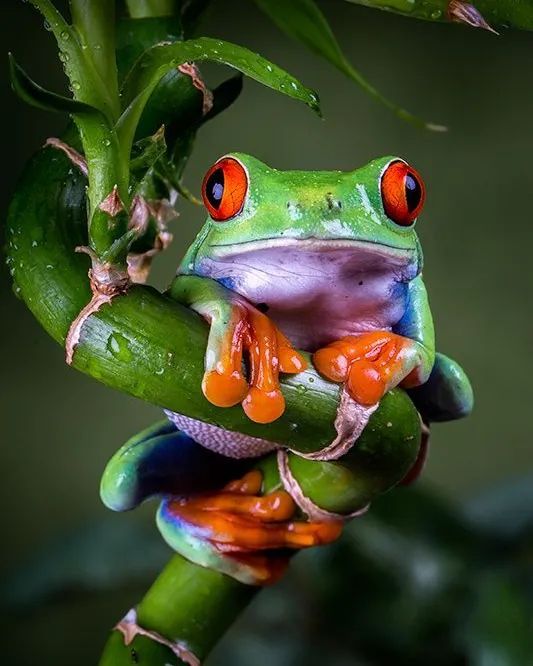
The Red-eyed tree frog, recognized by its huge bulging red eyes.
The red-eyed tree frog (Agalychnis callidryas) is a species of frog native to forests from Central America to north-western South America. It is distinguished by its bright coloration, having a vibrant green body, with blue and yellow stripes on the side. Known for its particular red eyes, this is in fact a defense mechanism called “startle coloration.” When the eyes are closed, the green eyelids help it to blend in with the foliage. If the frog is approached while it is asleep at night, the action of suddenly opening its eyes will momentarily paralyze the predator, thus allowing the amphibian to make an escape.
Red-eyed tree frogs also have brightly red and orange colored feet with cup-like footpads, and as adept climbers, these enable them to cling to leaves in the rainforest canopy.
Text credit: Earth Unreal
📷 Chris Wallace
Photographer's portfolio:
https://500px.com/p/cwal7?view
=photos
77 notes
·
View notes
Text

Red-eyed Tree Frog
5 notes
·
View notes
Text

Red-eyed Tree Frog (Agalychnis callidryas), family Hylidae, Costa Rica
photograph by Artush
101 notes
·
View notes
Text


Coco the frog girl! She's a red-eyed green tree frog (Agalychnis callidryas).
37 notes
·
View notes